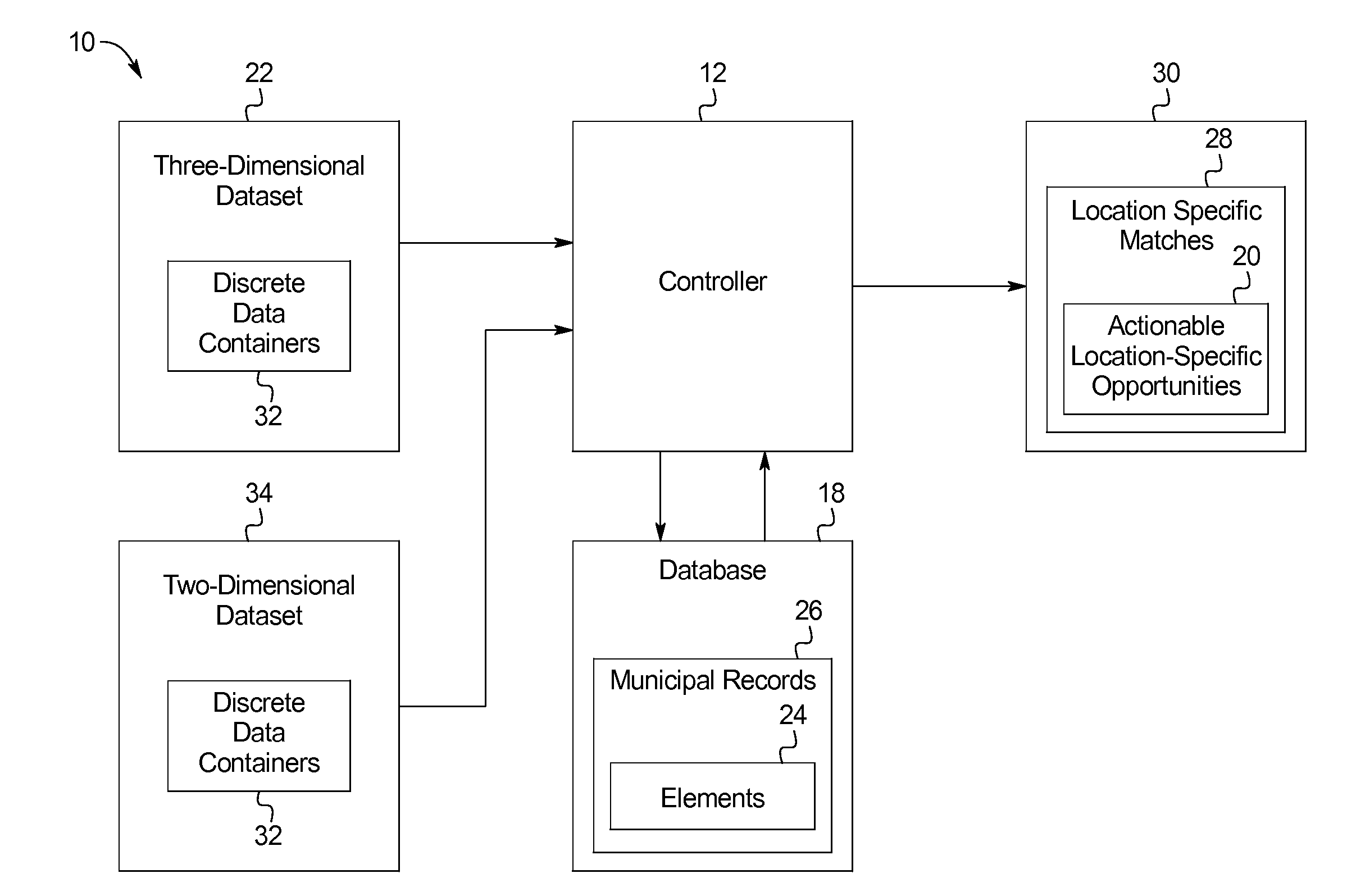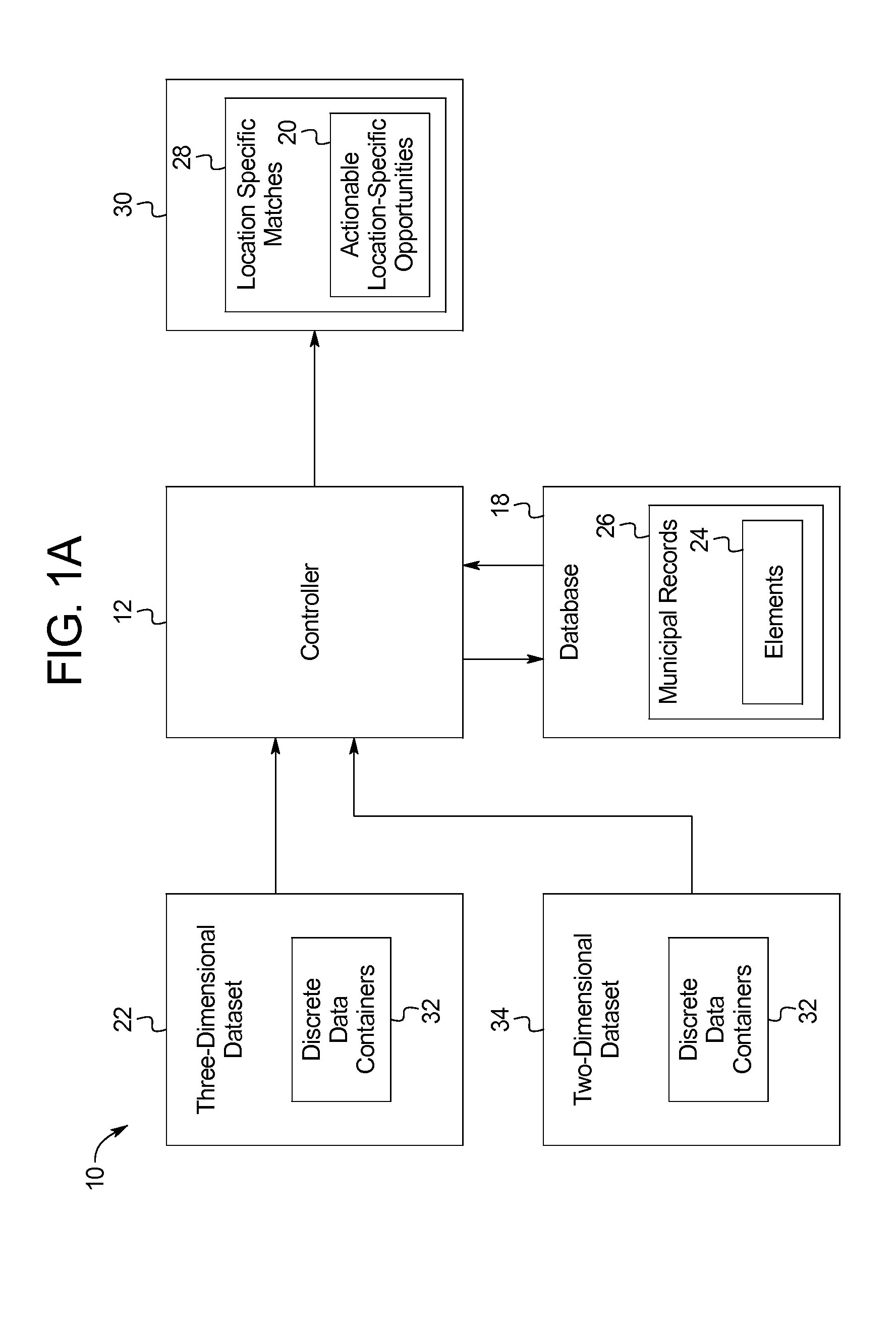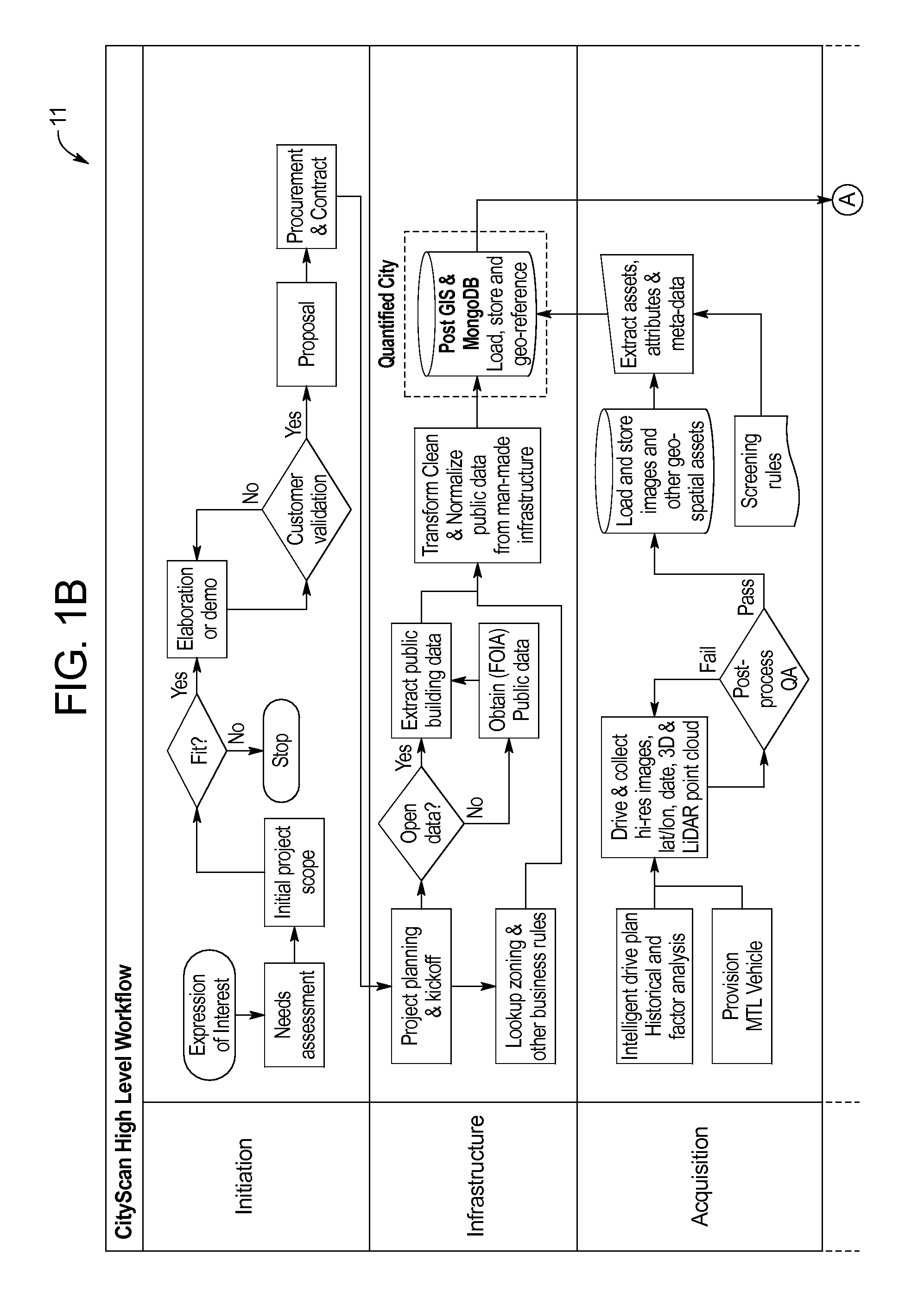A complex challenge facing urban planners is trying to effectively link a plethora of digital geo-spatial reference models to changes in the
built environment and to citizen activity.
Across the nation, many municipalities are facing budget concerns.
With respect to understaffed departments and inadequate resources, municipalities nationwide have been unable to adequately monitor the asset inventories for a variety of assets classes in their jurisdictions including but not limited to billboards, on premise signs, valet spots, loading zones, construction activity, and many more.
In addition, regulations around these assets classes often go unenforced and the corresponding fines have been rarely collected.
As noted, because of the expense and complexity of maintaining asset databases manually, municipalities have fallen behind in asset
enforcement in the current financial downturn.
Large cities are unable to answer even the most basic questions about the assets within their jurisdiction.
For example, municipalities commonly do not know how many assets were erected in the last year, what percentage of those erected have proper permits, how often do inspections occur, and at what cost.
Further, municipalities commonly do not have reliable data related to the proportion of assets that were inspected over the last year, how licensing policies are enforced, the amount of revenue that is lost from uncollected licensing fees and illegally placed signs.
Every year municipal fees go uncollected on about 150,000 billboards nationally, and cities are failing to collect over $50 million per year of revenue.
This problem exists not just for billboards but also for other classes of infrastructure assets such as on-premise signs, construction fixtures and more.
Even when regulations exist, violations cause public safety issues.
Further, the current methods employed by governments to inventory assets in their jurisdiction for their municipal permitting,
enforcement, and planning efforts are expensive and inefficient.
However, even as
data acquisition systems and imaging systems proliferate, significant complexity remains in object extraction and correlation of extracted objects in the
physical space with existing municipal records,
zoning rules and licensing codes.
A primary complexity is that these data sets normally use different methods to identify a specific location, not to mention the location, size, and other characteristics in the
built environment.
Despite its size, the current out-of-home marketing intelligence and measurement models rely heavily on sample surveys and
visibility simulations, which are inaccurate and predictive.
The out-of-home media industry is driven by sales channel strength, not market demand, with large disparities in billboard pricing resulting from the lack of transparency.
It is not surprising that proponents of OOH tout a $4 CPM rates as the lowest among other
mass media classes while failing to recognize that this proportionally low cost can be mainly attributed to the lack of real value delivered.
While the SCOUT program is useful, it fails to provide outdoor knowledge with accurate measurements that can effectively improve the observation on dozens of object classes that can help improve the street level
quality of life in city neighborhoods, while enhancing the responsiveness of city government to
quality of life conditions.
Until now, capturing data for large areas approaching the size of modern cities was prohibitively expensive.
Just as current systems are inefficient at identifying location-specific out-of-home marketing opportunities, the current systems are also inefficient at identifying actionable opportunities to improve public safety, quality of life, etc.
 Login to View More
Login to View More  Login to View More
Login to View More 


